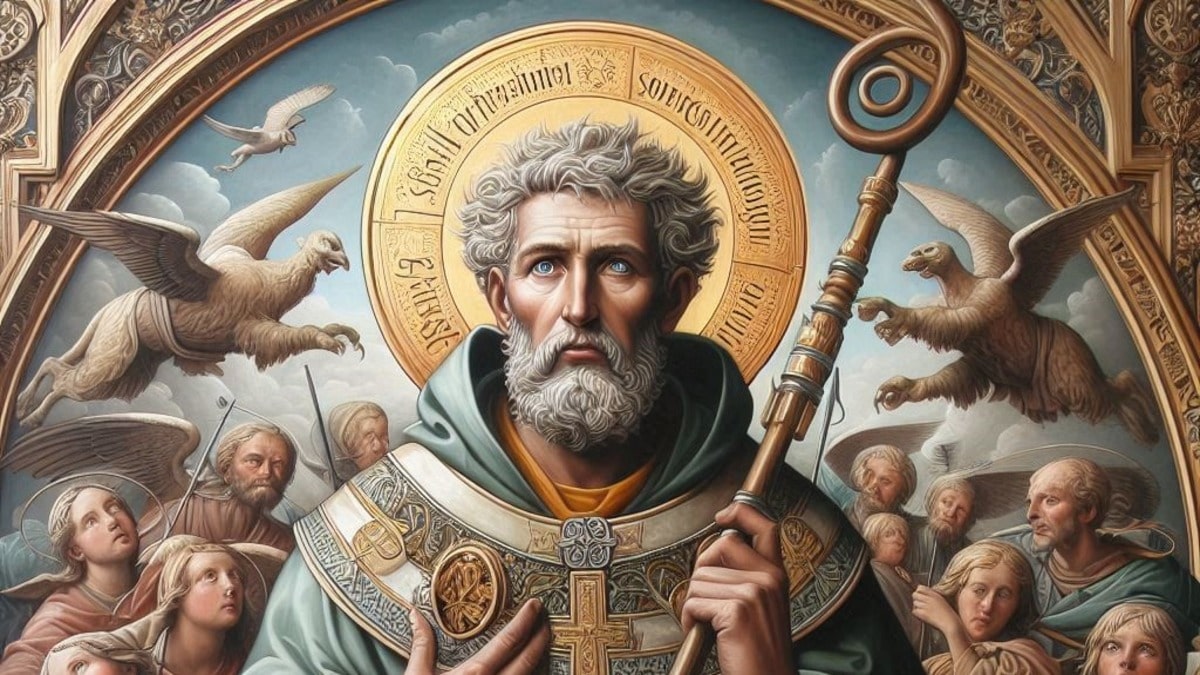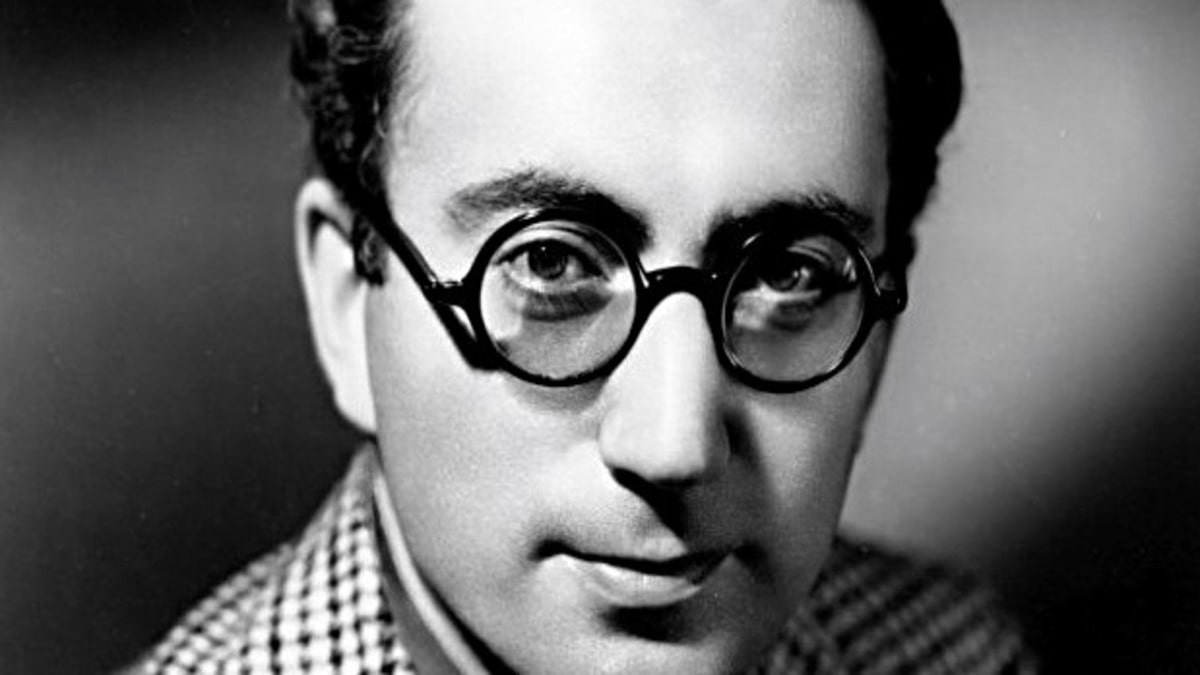
Turkey’s national anthem, known as the “Independence March” (İstiklal Marşı), is a stirring ode to the Turkish people’s struggle for freedom and sovereignty during the War of Independence. But few Turks know that authors of this patriotic song was an Armenian from Istanbul, who faced discrimination and persecution under the Ottoman Empire.
Edgar Manas was born in 1875 to a prominent Armenian family in Istanbul. He showed an early talent for music and was sent to Italy to study at the Murat-Raphaelian Armenian School and the Padua Conservatory. He returned to Istanbul in 1905 and became a conductor, composer, and music teacher. He composed various works in classical and folk styles, including a symphony, an oratorio, a quartet, and several songs.
In 1921, the Turkish Grand National Assembly held a competition to select the most suitable musical composition for the national anthem, which was written by the poet Mehmet Akif Ersoy. Manas was one of the three composers who submitted their arrangements for the anthem. His version, which was based on a traditional Turkish melody, was chosen unanimously by the assembly. He later made some revisions to his arrangement, which was officially adopted in 1924.
However, Manas’s contribution to the national anthem was not widely publicized or acknowledged by the Turkish authorities. He was not even invited to the ceremony where the anthem was first performed. He continued to work as a music teacher and choir director at various Armenian schools and churches in Istanbul, but he faced increasing difficulties and dangers as a member of a persecuted minority. He witnessed the Armenian genocide of 1915-1923, which killed or deported more than a million Armenians from the Ottoman Empire. He also survived the pogroms of 1955, which targeted the Greek, Armenian, and Jewish communities in Istanbul.
Manas died in 1964 at the age of 88. He was buried in the Armenian Catholic Cemetery in Pangalti, Istanbul. His grave was vandalized several times by unknown assailants. His family and friends tried to preserve his legacy and promote his recognition as a composer and a co-author of the national anthem. In 1985, a documentary film about his life and work was produced by the Armenian filmmaker Hagop Goudsouzian. In 2015, a plaque honoring his memory was placed on the wall of his former house in Istanbul.
However, the Turkish government still does not officially acknowledge Manas’s role in the creation of the national anthem. The official website of the Presidency of the Republic of Turkey only mentions Ali Rıfat Çağatay and Osman Zeki Üngör as the composers of the anthem, without any reference to Manas. The Turkish Ministry of Education also omits Manas’s name from the textbooks and curriculum on the national anthem. The Turkish media and public opinion are largely unaware or indifferent to Manas’s story.
Manas’s case is not unique. Many other Armenians contributed to the cultural, artistic, and intellectual life of Turkey, but their identities and achievements were erased or distorted by the Turkish state and society. The denial of the Armenian genocide and the suppression of the Armenian heritage are part of the ongoing efforts to create a homogeneous and exclusive Turkish national identity, based on ethnic and religious criteria. These efforts not only violate the human rights and dignity of the Armenian people, but also impoverish and isolate Turkey from its rich and diverse history and culture.
Artatsolum


